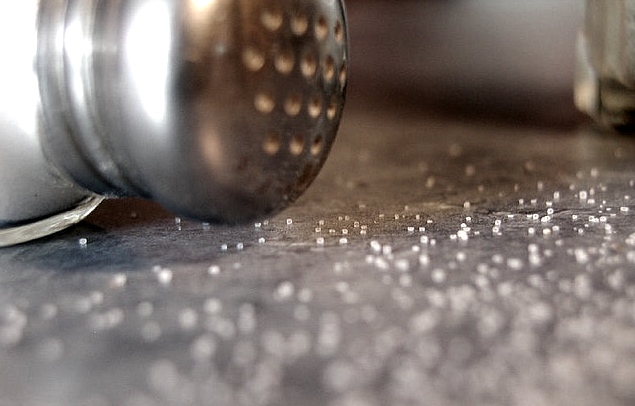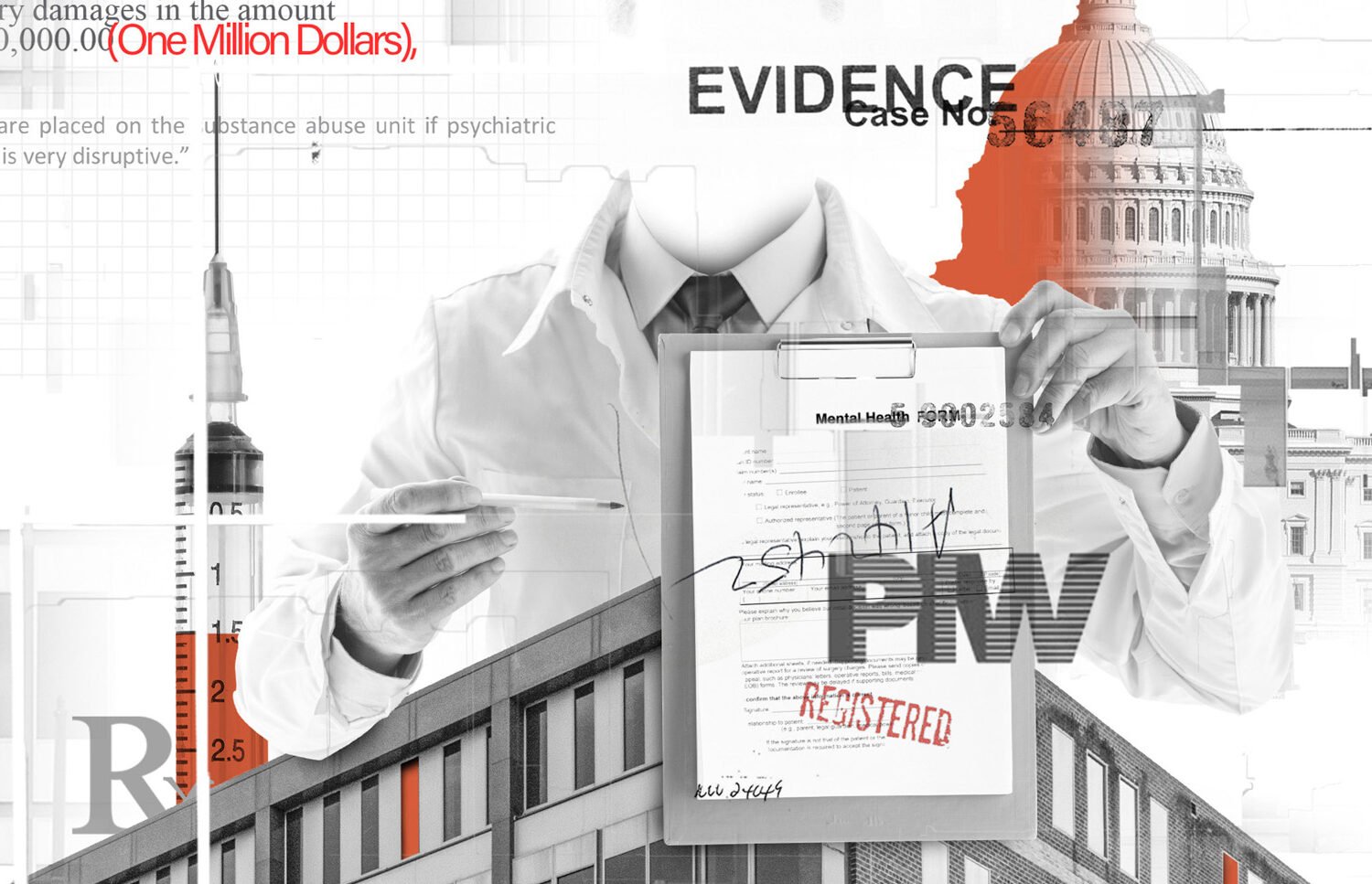The DASH diet says no to salty foods. Photograph by TooFarNorth.
Since January 1 rolled around, countless weight-loss commercials have inundated our TV screens. While the new year is always a great reason to take charge of your health, sifting through the hundreds of diets out there can often be overwhelming.
In 2012, look no further than the DASH diet, which was just named the top diet in US News & World Report’s ranking of the 25 best plans. We broke the facts down to help you decide if the DASH diet is right for you.
What is it?
The Dietary Approaches to Stop Hypertension diet was developed with the intention of helping people lower their blood pressure. Its plan includes eating less sodium- and sugar-rich foods and including more fruits, vegetables, whole grains, and fish. Basically, you’re encouraged to eat the foods you’ve always been told to eat and avoid sugary drinks, red meat, and fatty foods.
How does it work?
DASH calls for a certain number of daily servings, depending on your gender, age, and activity level. For example, if you’re a female between 31 and 50 years of age and moderately active, your daily calorie requirement equals 2,000. To actually lose weight on this diet, you’re encouraged to be physically active for at least 30 to 60 minutes everyday. Your body should only take in as many calories as you burn.
What are the risks?
As long as you follow the guidelines correctly and consult with your doctor first, there are none. However, since DASH requires more servings of fruits and vegetables than you may be used to eating, you may experience some bloating and diarrhea at first. The US Department of Health and Human Services recommends gradually increasing your servings over several weeks to avoid this.
Who endorses DASH?
The diet is approved by the National Heart, Lung, and Blood Institute; the American Heart Association; and the Mayo Clinic.
What are the perks?
The biggest plus is that the diet doesn’t forbid any particular food groups, unlike other plans out there. It simply asks that you limit your intake of certain foods. You can consume up to 2,300 milligrams of sodium a day on the standard DASH diet—on average, Americans unnecessarily consume 1,000 milligrams more than that, according to the Centers for Disease Control.
How can I find out more?
Click on the links below, or check out these three apps, which provide DASH-friendly recipes and grocery shopping tips.
US News & World Report’s DASH breakdown
The US Department of Health and Human Services’s briefing on DASH
DASH Diet Recipes app
DASH Diet Shopping List
My DASH Diet


















